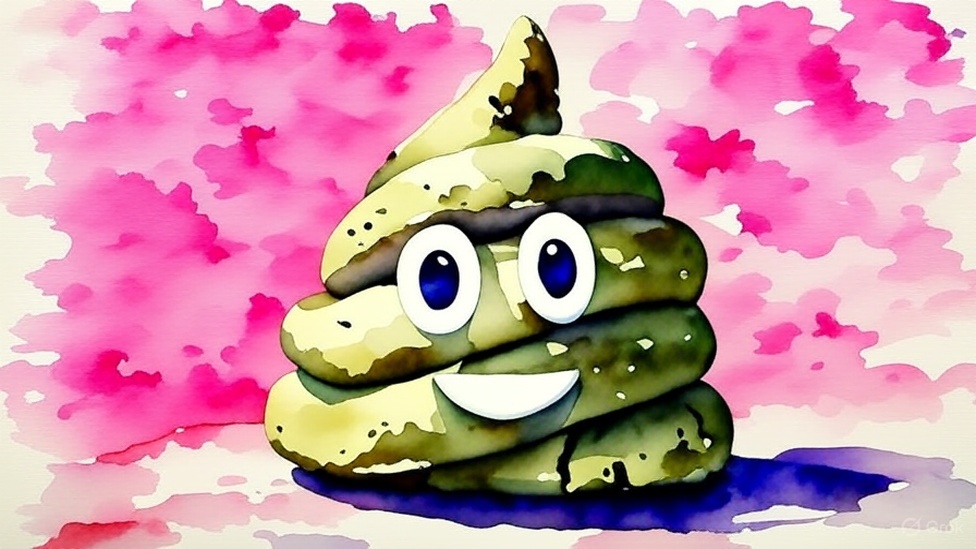They slug it out.
Joke Poo:
What do two plumbers do when they have a disagreement about a pipe fitting?
They flange it out.
Okay, let’s analyze this slimy slug-fest of a joke!
Joke Breakdown:
- Setup: “What do two snails do when they get in a fight?” – This sets up an expectation that the snails, being slow and presumably peaceful creatures, will engage in some kind of non-violent or unusually slow conflict.
- Punchline: “They slug it out.” – This is a pun, playing on the double meaning of “slug.” It refers both to the physical act of hitting (punching) and to slugs, snails without shells, the animal involved in the scenario.
- Humor Mechanism: The humor derives from the unexpected substitution of the literal meaning of “slug it out” with its animal-related pun, creating a moment of surprise and amusement.
Key Elements:
- Snails/Slugs: The central character and the source of the pun.
- Fighting: The conflict scenario provides the context for the pun.
- Pun: The core device that creates the comedic effect.
- Slow Pace (Implicit): The inherent slowness of snails/slugs sets up the expectation of a slower, less aggressive conflict.
Comedic Enrichment: New Joke/Observation/Did You Know?
Let’s leverage some interesting facts about slugs/snails to create a new joke:
New Joke:
Why did the slug start taking anger management classes?
Because he kept losing his shell-f control!
Explanation of New Joke:
This joke still relies on a pun, but now plays on a different aspect of snails/slugs: their shell (or lack thereof). The pun “shell-f control” replaces “self control,” drawing a connection between the slug’s absent shell and his lack of emotional regulation. It attempts to capture a similar surprise and amusement factor as the original but uses slightly different wordplay and a broader connection to slug/snail traits.
Did You Know (Witty Observation):
Did you know slugs can have up to 27,000 teeth? That’s a lot of dental appointments to snail down, especially if they’re “slugging it out” and risk losing them!
Explanation of Did You Know:
This piece uses a surprising fact (slugs have tons of teeth) and links it back to the original joke’s concept of “slugging it out,” adding a layer of absurd imagery and wordplay for humorous effect. The word “snail” is then used as a pun to further enhance the humor.
Comedic Style: The “Did you know” utilizes a blend of factual information and self-aware punning. This approach offers a different flavor of humor, moving beyond the simple punchline to provide a more extended and silly observation.
Essentially, we’ve taken the original joke’s foundation (slugs/snails, conflict, puns) and explored it using different avenues – a new pun-based joke and a fact-meets-pun observation – to try and generate additional amusement.


